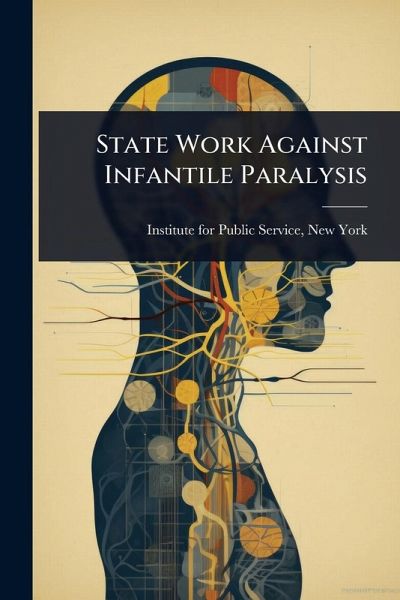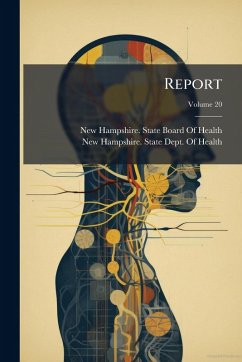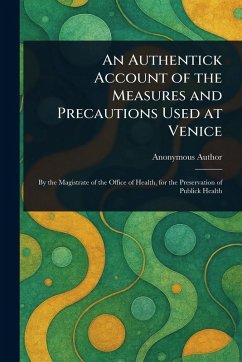
State Work Against Infantile Paralysis
Versandkostenfrei!
Versandfertig in über 4 Wochen
15,99 €
inkl. MwSt.

PAYBACK Punkte
8 °P sammeln!
"State Work Against Infantile Paralysis" details the measures enacted by forty-three state health departments in 1916 to combat the spread of infantile paralysis (poliomyelitis). This historical document provides a snapshot of early 20th-century public health strategies and governmental responses to widespread disease. Compiled by the Institute for Public Service, New York, the report offers insights into the challenges faced by public health officials during a significant polio outbreak. It reveals the various approaches states adopted, reflecting differences in resources, understanding of th...
"State Work Against Infantile Paralysis" details the measures enacted by forty-three state health departments in 1916 to combat the spread of infantile paralysis (poliomyelitis). This historical document provides a snapshot of early 20th-century public health strategies and governmental responses to widespread disease. Compiled by the Institute for Public Service, New York, the report offers insights into the challenges faced by public health officials during a significant polio outbreak. It reveals the various approaches states adopted, reflecting differences in resources, understanding of the disease, and public health infrastructure. This book will be of interest to historians of medicine, public health professionals, and anyone studying the evolution of disease prevention and control in the United States. It serves as a valuable resource for understanding the historical context of public health interventions and the ongoing battle against infectious diseases. This work has been selected by scholars as being culturally important, and is part of the knowledge base of civilization as we know it. This work was reproduced from the original artifact, and remains as true to the original work as possible. Therefore, you will see the original copyright references, library stamps (as most of these works have been housed in our most important libraries around the world), and other notations in the work. This work is in the public domain in the United States of America, and possibly other nations. Within the United States, you may freely copy and distribute this work, as no entity (individual or corporate) has a copyright on the body of the work. As a reproduction of a historical artifact, this work may contain missing or blurred pages, poor pictures, errant marks, etc. Scholars believe, and we concur, that this work is important enough to be preserved, reproduced, and made generally available to the public. We appreciate your support of the preservation process, and thank you for being an important part of keeping this knowledge alive and relevant.












